Happiness, hope and, more importantly, a new beginning! These are the three concepts associated with the new year. Since human beings observed the change of seasons, they noticed that spring is when nature gets renewed. The Iranian new year or Nowruz mythology is full of stories about the endless battles between the forces of light and darkness, good and evil and righteous vs wicked. That is why, now that we are counting down to the Persian new year, we want you to put a bowl of Persian nuts on one side and a hot cup of tea with Persian sweets on the other side and accompany us through a mythological journey until the moment that the famous Naqareh (drum) announces the beginning of a new year.
First of all, let’s start with a cold winter day when snowflakes touch your skin like a soft piece of cotton.
Nane Sarma AKA Grandma Frost
Nane Sarma shook her blanket one last time and watched tiny pieces of cotton fall on the people’s faces down on earth. She was looking at the happy people who were shopping for Nowruz and getting ready for the new year to come from her icy home. While folding the blanket and tapping the pillows, Nane Sarma was thinking about her love, Amoo Nowruz…
Nane Sarma is a mythical character associated with Nowruz history who wakes up in winters and works hard to clean her house for Amoo Nowruz’s arrival. The dust turns into snowflakes, and her tears for being apart from Amoo Nowruz become rain for people on earth. When she is almost done with house cleaning, also known as Khaneh Tekani, she sees the little sprouts on trees and tiny little grass on earth, which shows that her most wanted encounter is close. New Year’s Day is when Nane Sarma and Amoo Nowruz finally get to be together, before Nane Sarma goes to sleep for another year.
Siavash, Fire and Nobility
Fire has always been a precious, sacred and respectful element of nature in Persian history from Zoroastrianism and Mithraism until today. The culture of considering fire as a purifying element has evolved over these many years and still shows itself in Chaharshanbe Suri, another Nowruz mythology. To wrap it up, Chaharshanbeh Suri is the tradition of jumping over fire to leave your sickness with fire and get fresh for the new year. If you want to know more about this tradition, you should read our Chaharshanbeh Souri blog post. But, how did this tradition start?
Everything goes back to Shahnameh, when Siavash or Siavosh, the king’s son, got in the middle of an unfair and dramatic story and had to prove his honesty. Siavash was a good looking and noble young man who could charm every woman in Iran, and in a strange twist of fate, his stepmother fell in love with him! Siavash ignored this love which made his stepmother angry, and she told the king that Siavash had tried to seduce her.
The king, who got stuck between his wife and son, found no choice but to build a fire and test his son’s integrity. A huge fire was made, and everyone gathered around to see the prince’s walk of truth through the flames. Siavash, who was certain about his honesty, walked through the fire and came out with no harm, showing everyone his integrity. This event happened on the last Tuesday night of the year, and people consider it as the beginning of the Chaharshanbeh Souri tradition.
Nowruz Mythology: How the New Year Begins
When the sun shone brightly in the sky and brought warmth and life to all the creatures on earth, human beings were assured that light had overcome the darkness!
There was a long time when the dark clouds hid the sun behind them. Trees were in a deep sleep, and drought was exhausting the people. Jamshid, the king of Iran and the god of the sun, is in a war with the Ahriman or darkness, and everything is against him. Ahriman and his army are destroying the world, and the lightness is getting weaker and weaker. But, suddenly, with the help of Ahura Mazda or God in Zoroastrianism, Jamshid beats Ahriman and takes back his throne. This is when the brightness finds its way to the world; all the plants start sproutings, and animals sing happily.
Jamshid’s victory is engraved on Persepolis or Takht’e Jamshid’s walls. You can travel to Iran and visit Takht-e Jamshid to find a lion defeating a bull. In Persian mythology, the lion is the symbol of power, royalty and light, while a bull symbolises darkness. This image in Parseh shows the victory of light over darkness and the beginning of the new year.
Amoo Nowruz: The New Year’s Spirit
In Nowruz mythology, Amoo Nowruz plays the same role as Santa. When the new year comes, Amoo Nowruz travels to different places with his fellow, Haji Firooz and brings presents. Now that you have read Nane Sarma’s story, you know that Amoo Nowruz’s first stop is Nane Sarma’s home, and then he leaves to make sure that every part of the earth feels the presence of spring.
Persian folktales describe Amoo Nowruz as an old man with a long white beard and white clothes. He usually has a blue scarf on his shoulder and a stick in his hand. Unlike Santa, Amoo Nowruz has almost lost his place in Iranian children’s minds and hearts. But you can see his assistant’s character, Haji Firooz, in the streets around Nowruz.
Haji Firooz: The Nowruz’s Messenger
Haji Firooz, (sometimes called mobarak in roohozi performances), is the most controversial character in Nowruz mythology. He is a funny and sarcastic man in a red costume that has a Dayereh (doira) in hand and plays music. The controversy though is mostly about the color of his face which traditionally was painted black using charcoal.
The first story about Haji Firooz is one that narrates a situation in which he is, in fact, the god of plants and goes on a quest in the underground to save his wife, Anahita (the divinity of water) from Ahriman. This quest makes him go through fire and ashes in the underground to find his wife and bring her back to make it rain and save the plants. So, when he comes out of the underworld, his face is black because of the dust and fire, but he has a smile on his face because he saved the world and more importantly his wife!
This is a beautiful story, but some historians believe that Haji Firooz has a side that can be counted as racist as well. It seems that Haji Firooz, who accompanies Amoo Nowruz, is in fact an Afro Iranian who works for Amoo Nowruz.
Nowruz mythology and folktales show how much Iranians care about the new year. Although many of these stories may have been forgotten, the traces of them exist in Iranian’s collective memory and make them keep Nowruz Traditions alive.
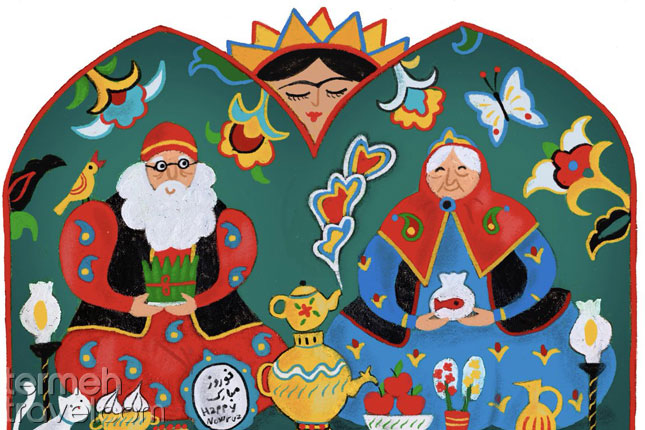
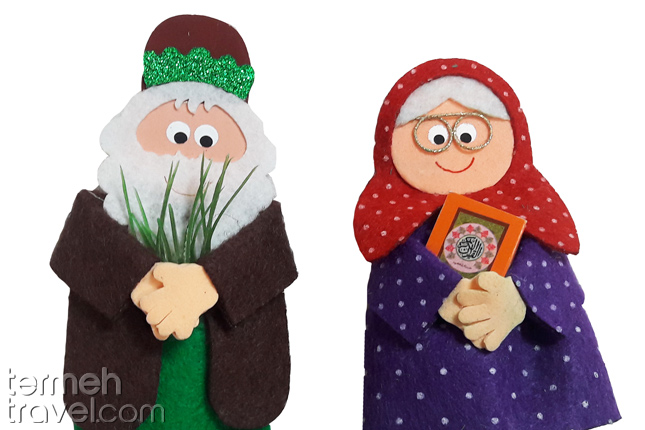
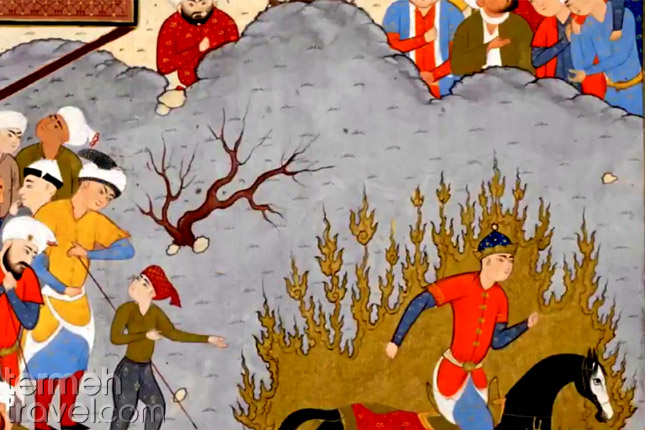

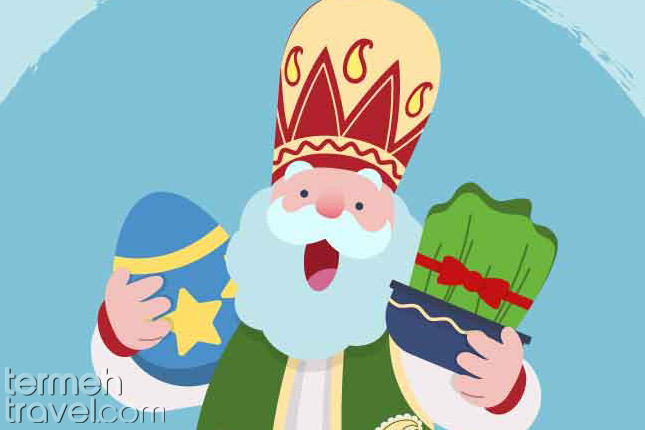





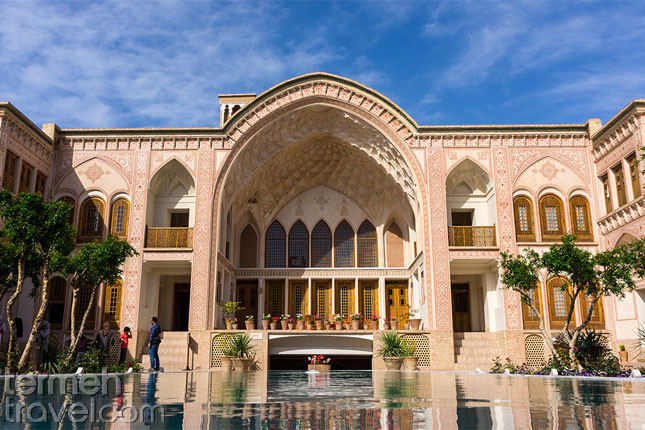

Great work, keep it up.also wish you a nice and happy new year.
Thank you so much and YNWA
It was so beautiful, Happy New Year and all the best ❤️🙏🏻
Thank you for your comment fara lad❤️
It was so beautiful, Happy New Year and good luck ❤️🙏🏻
Enjoyed that.
Happy new year and good luck.
Keep going💪
Thank you so much❤️❤️
You are playing a big role to help people from other countries know about our new year traditions and we appreciate it!
Happy Iranian new year ❤️
We are glad you enjoyed it. ❤️❤️Thank you so much